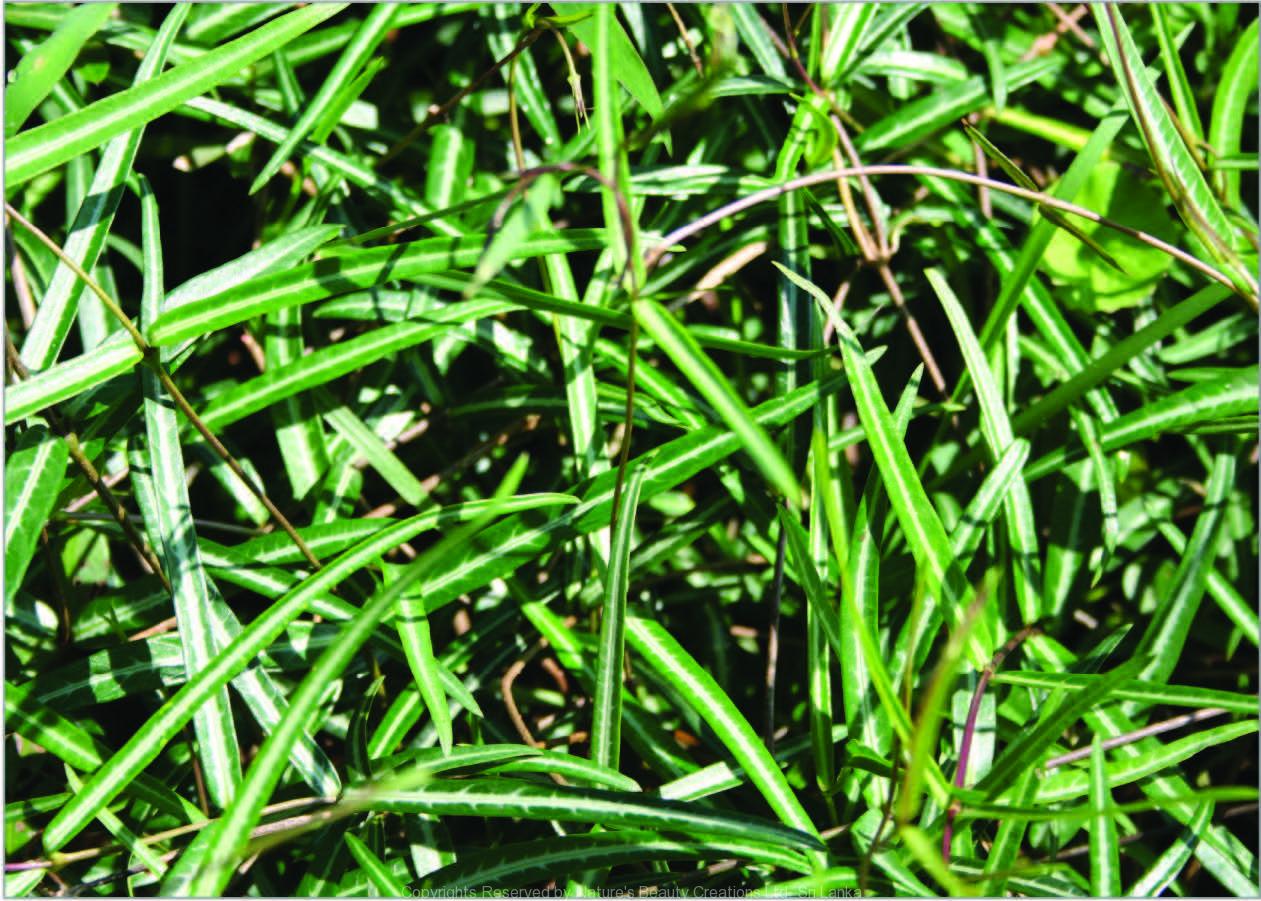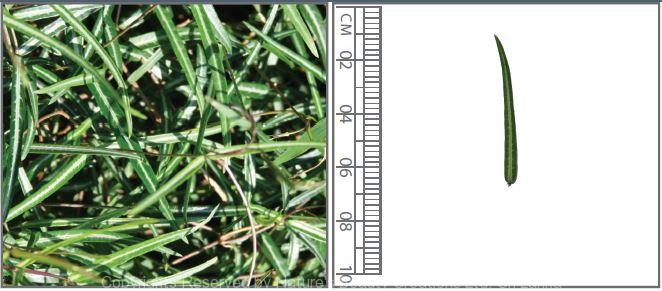

Traditional Knowledge
Useful plant parts :
Root
Uses in traditional medicine :
- Dried root infusion is taken in summer as a blood purifier and to control unpleasant odours due to sweating
- Acts as an alterative and a demulcent and also used for acute inflammation
- Used to treat anorexia, coughs, diaphoretics and diarrhoea
Scientific Research
Chemical constituents:
Pregnane glycosides: medidesmine, hemisine, desmisine, denicunine and heminine from plant; triterpene lactone: lupeol derivative from stem; benzoic acid derivatives from roots
Bioactivity :
Aqueous and alcohol extracts of roots: antibacterial, antinociceptive, hepatoprotective, inhibit lipid peroxidation, hydroxyl and superoxide radical scavenger, inhibit adinosine diphosphate (ADP) induced platelet aggregation, antiulcer; benzoic acid derivatives: anti-snake venom
Clinical:
Note :
Dry roots are used to prepare herbal drinks
References : Alam, M. I. and Gomes, A., (1998), Viper venom-induced inflammation and inhibition of free radical formation by pure compound (2-Hydroxy- 4-Methoxy Benzoic Acid) isolated and purified from anantamul (Hemidesmus indicus R.Br) root extract, Toxicon, 36(1), 207-215. Anoop, A. and Jegadeesan, M., (2003), Biochemical studies on the anti-ulcerogenic potential of Hemidesmus indicus R.Br. var. indicus, Journal of Ethnopharmacology, 84, 149-156. Deepak, D. et al., (1997), Pregnane Glycosides From Hemidesmus Indicus, Phytochemistry, 44(1), 145-151. Gayathri, M. and Kannabiran, K., (2009), Antimicrobial activity of Hemidesmus indicus, Ficus bengalensis and Pterocarpus marsupium roxb, Indian Journal of Pharmaceutical Sciences, 71(5), 578-581. Gupta, M. M. et al., (1992), Terpenoids from Hemidesmus indicus, Phytochemistry, 31(11), 4036-4037. Mary, N. K. et al., (2003), In vitro antioxidant and antithrombotic activity of Hemidesmus indicus (L) R. Br., Journal of Ethnopharmacology, 87, 187-191. Prabakan, M. et al., (2000), Protective effect of Hemidesmus indicus against rifampicin and isoniazid-induced hepatotoxicity in rats, Fitotera- pia, 71, 55-59. Ravishankara, M. N. et al., (2002), Evaluation of antioxidant properties of root bark of Hemidesmus indicus R. Br. (Anantmul), Phytomedicine, 9, 153-160. Sigler, P. et al., (2000), C21 steroidal glycosides from Hemidesmus indicus, Phytochemistry, 54, 983-987. Verma, P. R. et al., (2005), Antinociceptive activity of alcoholic extract of Hemidesmus indicus R. Br. in mice, Journal of Ethnopharmacology 102, 298-301.
Copyrights Reserved By
Natures Beauty Creations




